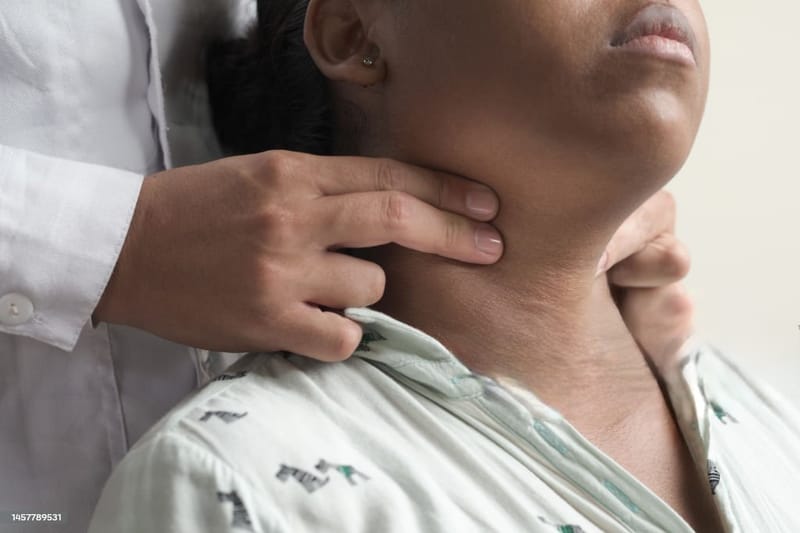NECK & BACK PAIN

Neck pain
Each patient is unique, and circumstances unique. Common pathologies I see are wry neck, or discogenic/facet joint related pain. These would need to be diagnosed based on movement. Another culprit that I find is contributing significantly in our busy lives is upper crossed syndrome. This occurs when sitting in a static position for many hours. We present with a poking chin, and elevated tight shoulders. Causes of this are weak neck eccentric (deceleratory) core stabilisers, elongated and weak lower trapezius muscles, overactive and tight upper traps, as well as overactive and tight pectoralis muscles. I can assist you by going through a quick practical exercise program with you. Clinical evidence shows 6 counts of 6 reps of core stabilisers exercises 3 x a week is the bare minimum to provide stability. This is certainly manageable!

Lower back pain
Pathology of the lumbar spine includes disc bulging, facet joint immobility, and radiculopathy of certain pathways of the sciatic nerve. However, what is a commonality regardless of the pathology, is associated movement disorder of either bending forward or backwards. My flexion rehabilitation program entails cognitive rehabilitation, and eccentric control of the paraspinal muscles. It also encourages feeling safe during flexion movement. Two flexion patterns occur, either you move with the spine as a rigid board, or due to a lack of hip hitching resulting in excessive lumbar spinal flexion. I work with you doing simple exercises to correct these movement disorders, which illiminates pain immediately. Pain on leaning back (extension) follows a similar situation of fear of movement, resulting in a rigid spine, and excessively tight paraspinal muscles. By going through my guided extension mobility exercises, we can rehabilitate this pattern of movement. Current clinical evidence shows that rehabilitation of these movement patterns instead of core stability exercises is producing brilliants results in pain illimination immediately.



